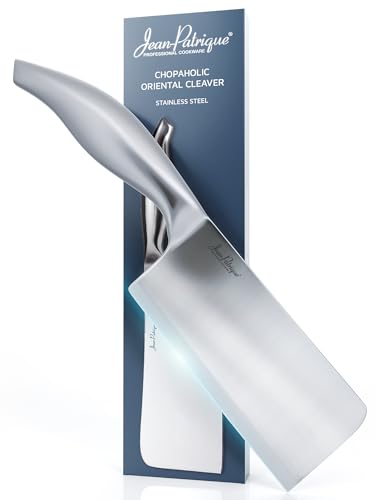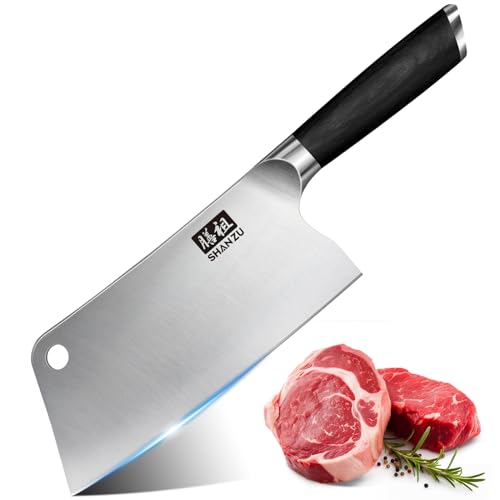The Origins of the Cleaver
The cleaver is a versatile kitchen tool that has been used for centuries. Its origins can be traced back to ancient civilizations where it was primarily used for chopping meat. In China, the cleaver is known as the ‘Dao’ and was an essential tool for butchers who used it to chop up large cuts of meat. In Europe, the cleaver was used for similar purposes and was a common tool in the kitchen.
The Uses of the Cleaver
Today, the cleaver is still primarily used for chopping meat. Its large, heavy blade is perfect for breaking down large cuts of beef or pork. The cleaver is also used for other tasks such as crushing garlic, chopping vegetables, and even cutting through bone. Its versatility makes it a popular tool in both professional and home kitchens.
The Evolution of the Cleaver
Over time, the design of the cleaver has evolved. In the past, cleavers were typically made of heavy steel and had a blunt edge. Today, cleavers are made with a sharp, narrow edge that allows for more precise cutting. Modern cleavers are also made with different materials such as ceramic and titanium.
Cultural Significance of the Cleaver
The cleaver has also taken on cultural significance in certain communities. In Chinese culture, the cleaver is a symbol of the butcher profession and is often featured in traditional artwork. In addition, the cleaver plays a symbolic role in many Chinese festivities and is used as a way to ward off evil spirits.
The Modern Cleaver
Today, the cleaver has become a popular tool in the modern kitchen. Its versatility and design make it a great tool for a variety of tasks. From chopping meat to crushing garlic, the cleaver is an essential tool for any chef. While its design has evolved over time, the cleaver remains an important kitchen tool that is sure to be used for centuries to come.






